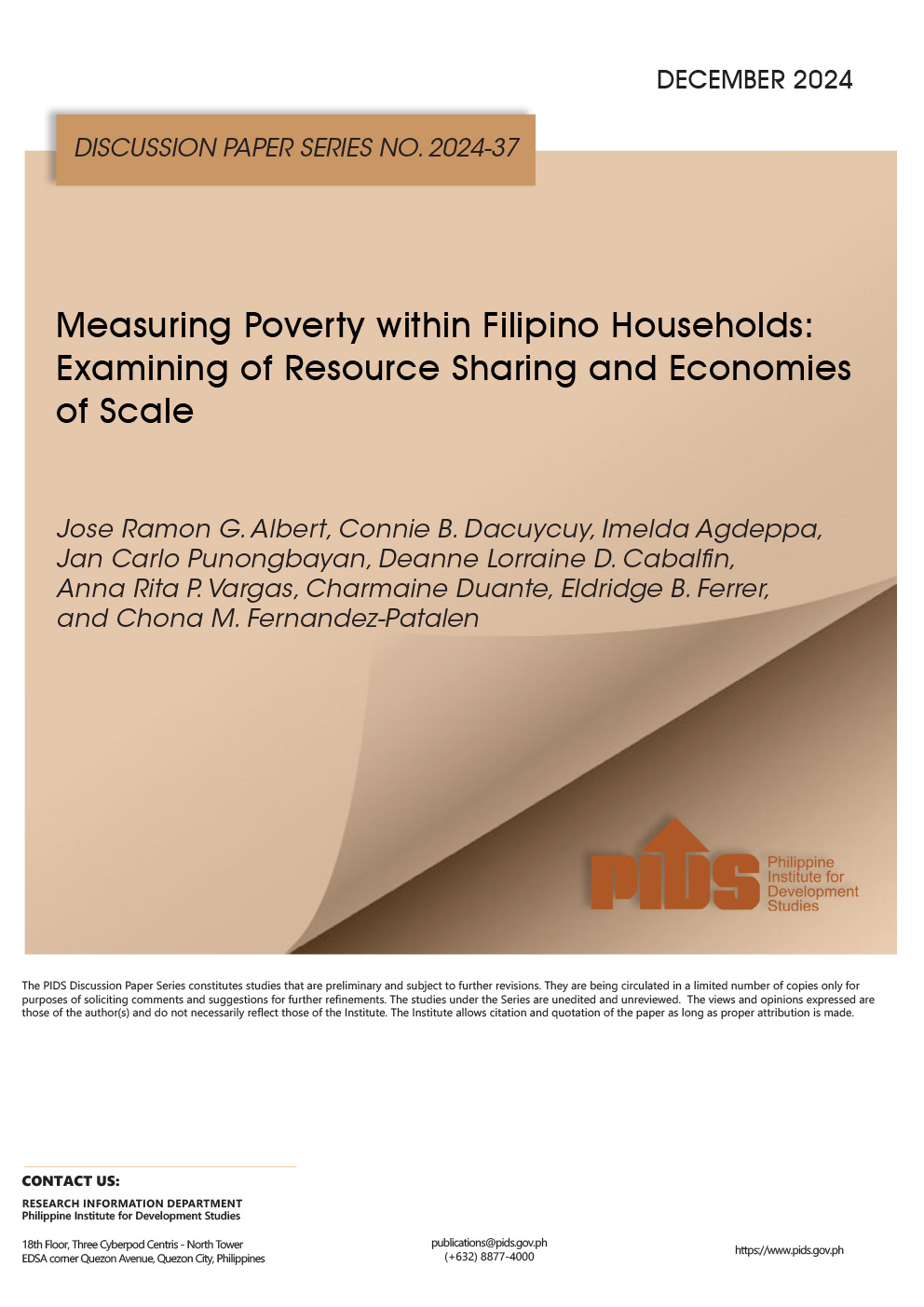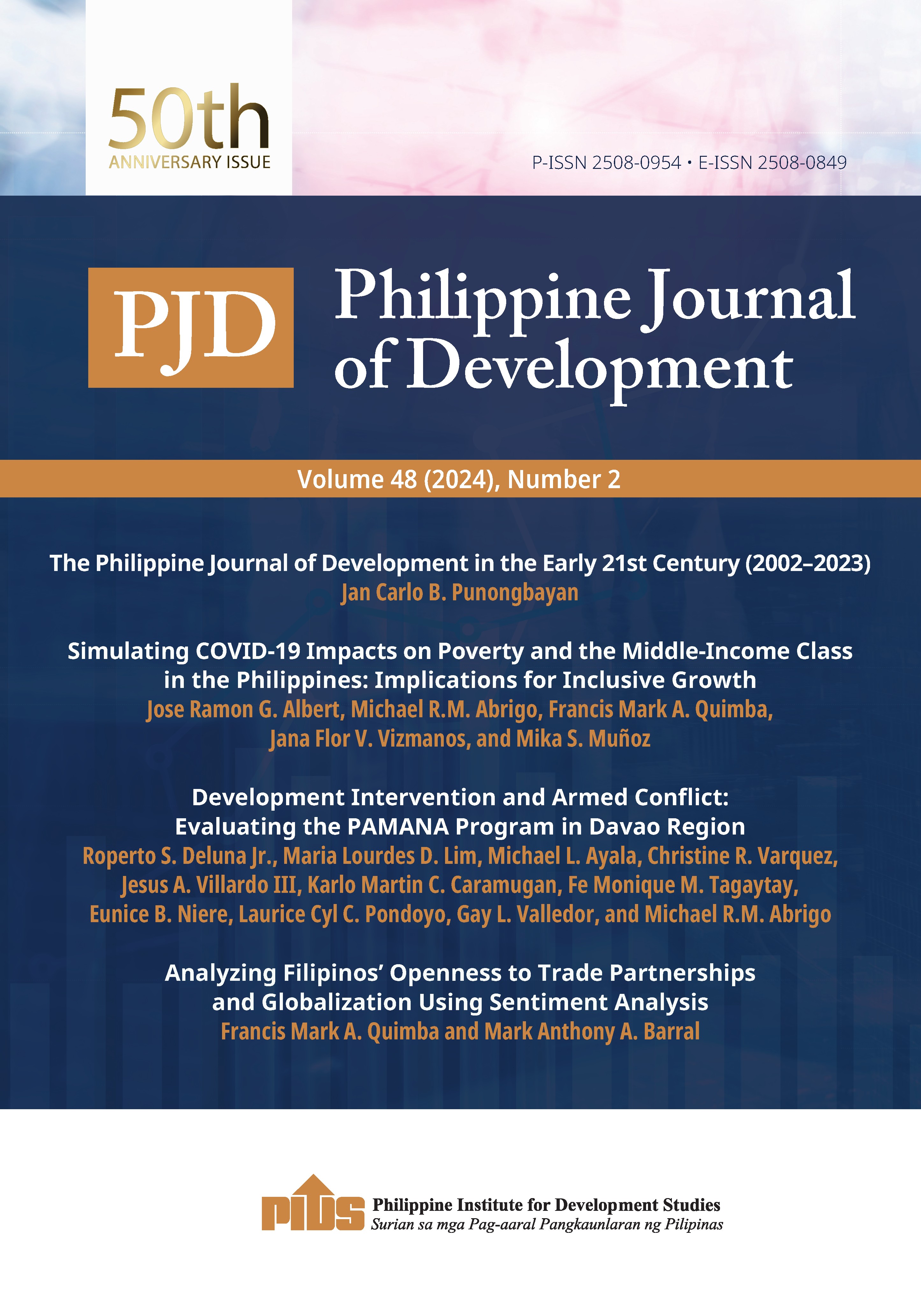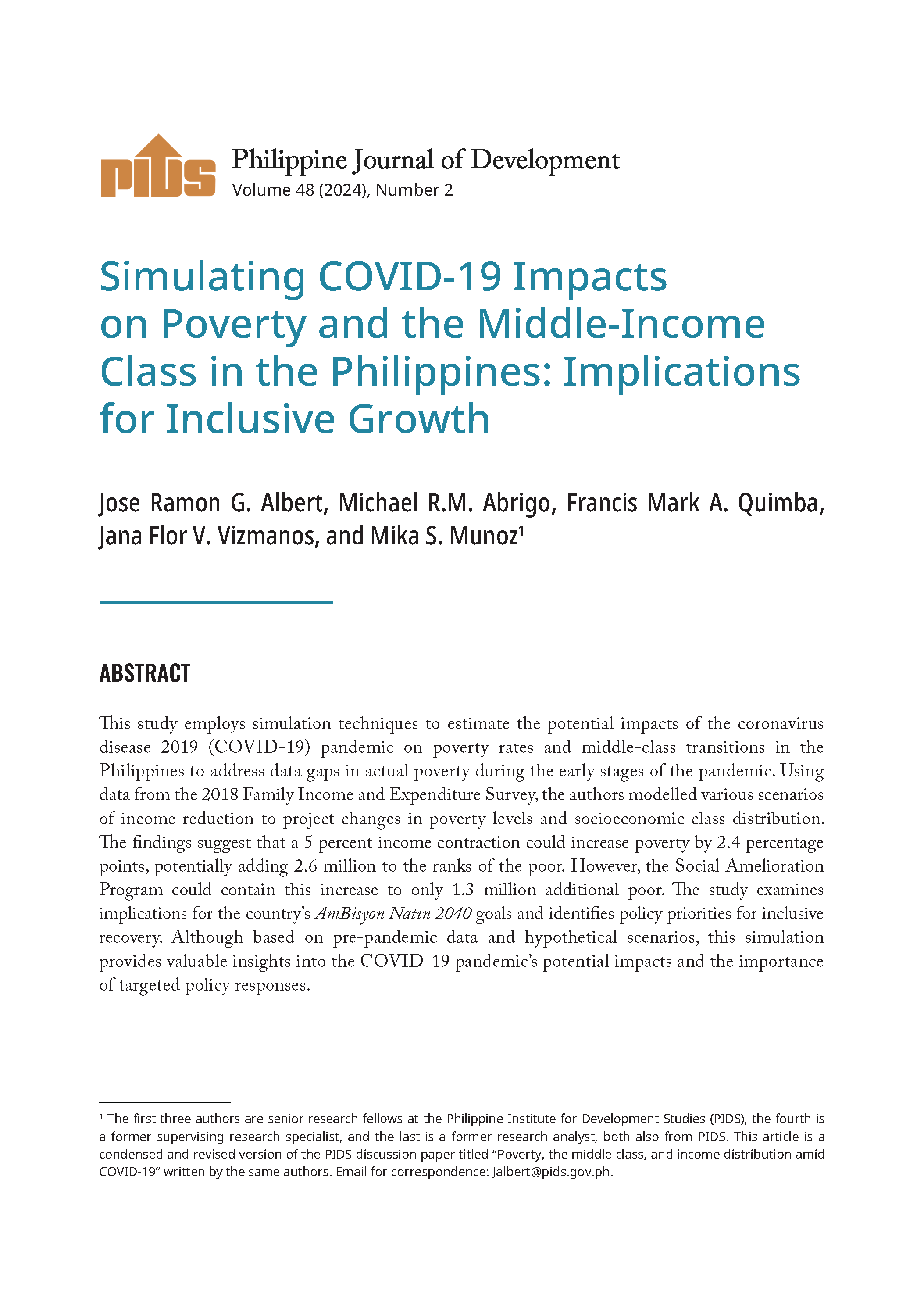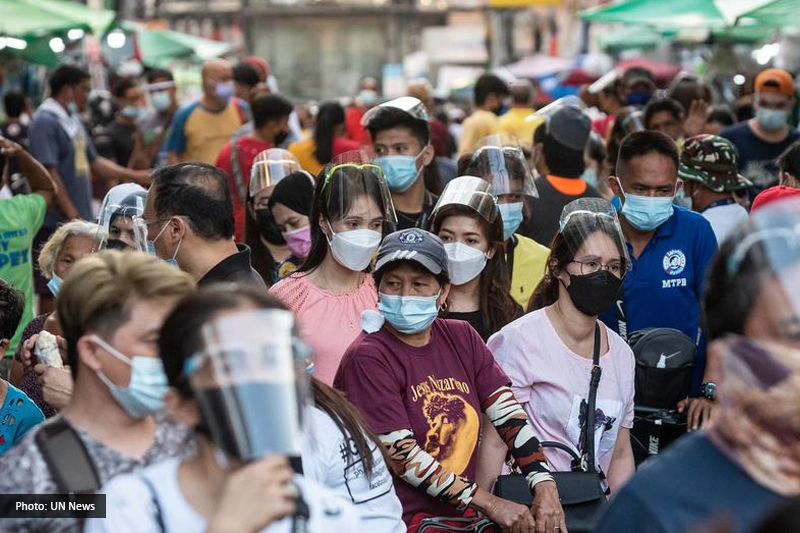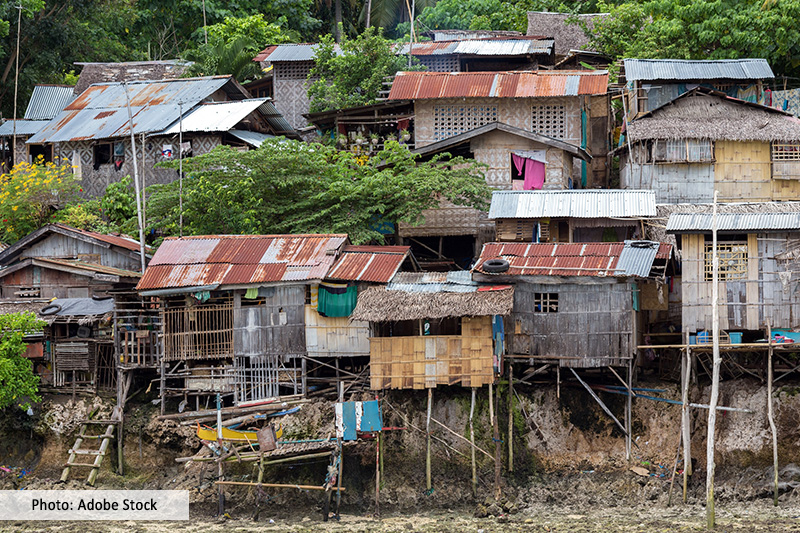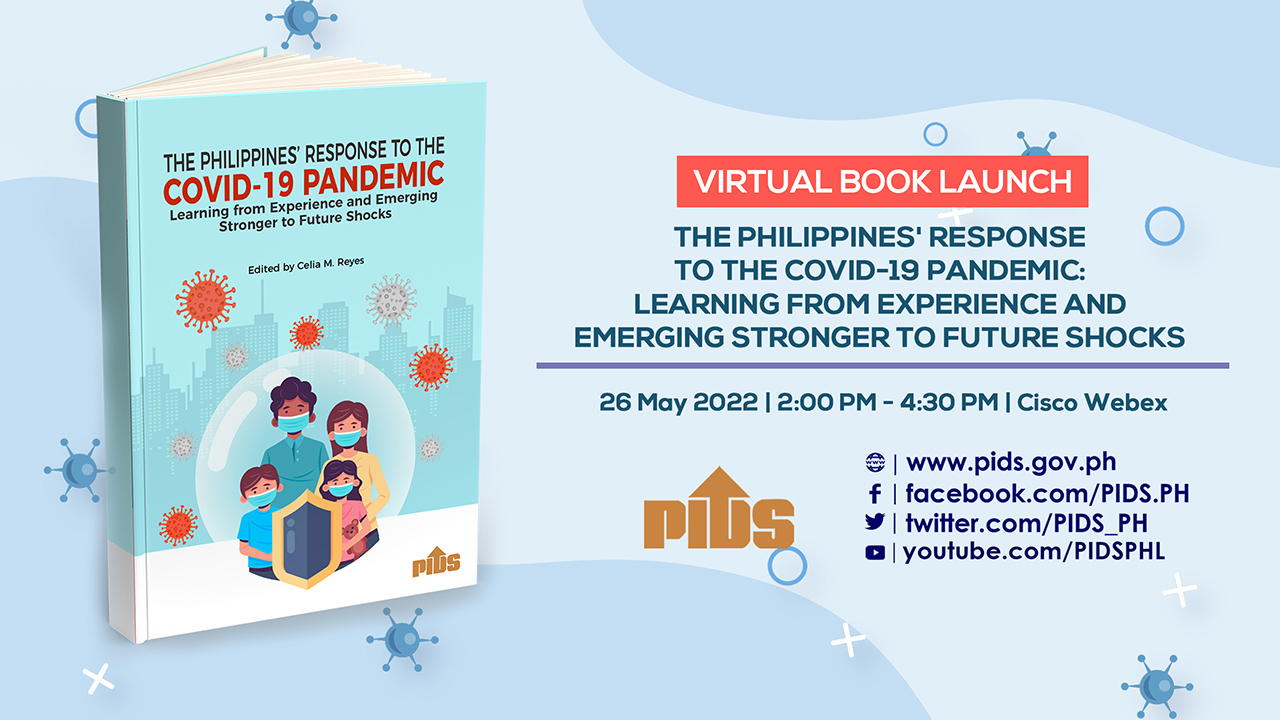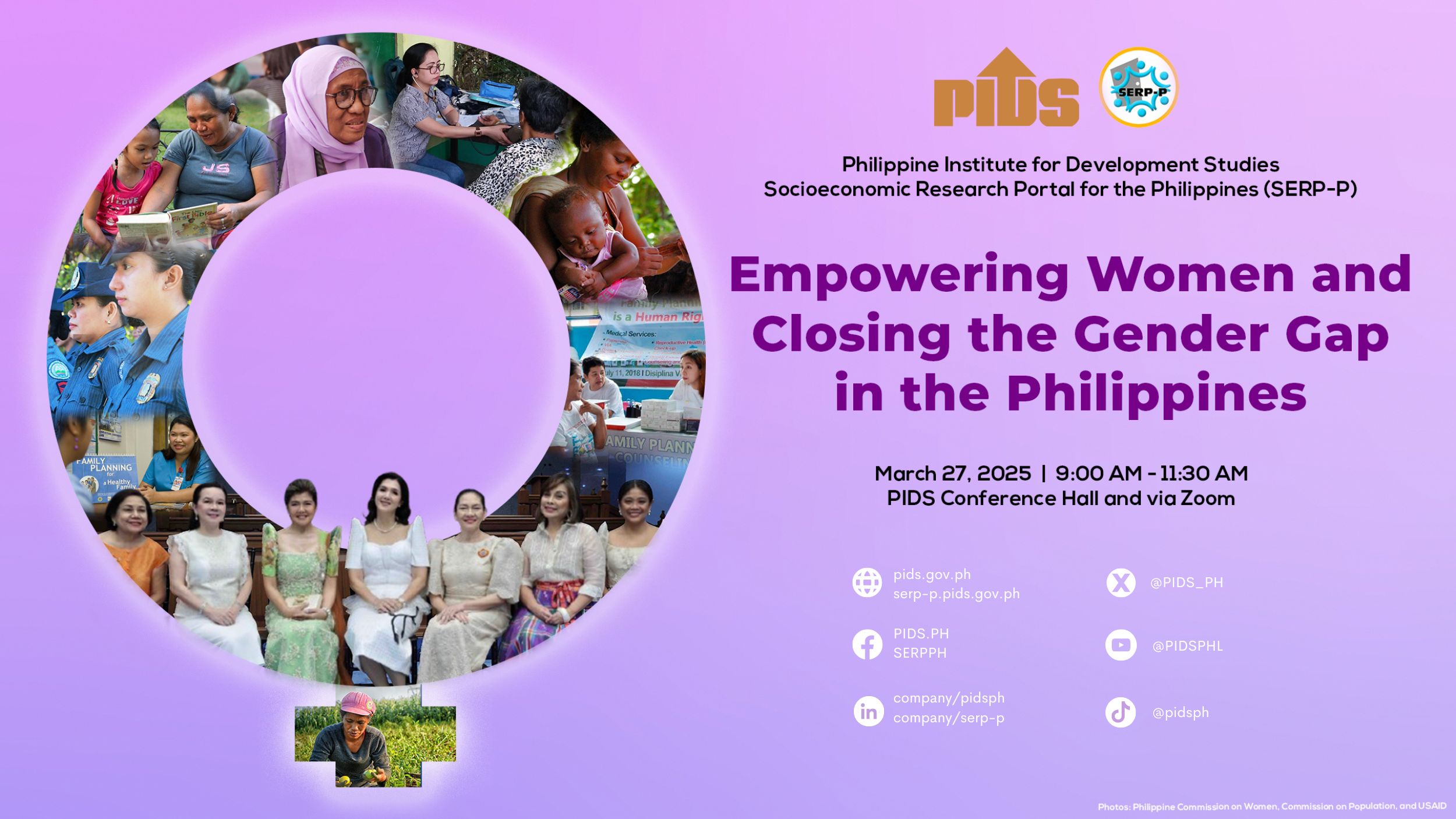Using the panel data for the Philippines in 2003-2009, the paper estimates a three-level random coefficient model to measure household vulnerability and to decompose it into idiosyncratic and covariate components. It corrects heterogeneity bias using Bell and Jones's (2015) "within-between" formulation. A majority of the poor and 18 percent of the nonpoor are found to be vulnerable to unobservable shocks, while both groups of households are more susceptible to idiosyncratic shocks than to covariate shocks. Adequate safety nets should be provided for vulnerable households that lack access to infrastructure, or are larger in size with more dependents and less-educated household heads.
Citations
This publication has been cited 8 times
- Bayudan-Dacuycuy, Connie and Lora Baje. 2017. . Working Papers id:12071. eSocialSciences.
- Azeem, Muhammad Masood, et. al. 2017. . Social Indicators Research: An International and Interdisciplinary Journal for Quality-of-Life Measurement, 134, no. 1, 117-152 . Springer.
- Bayudan-Dacuycuy, Connie and Lora Baje. 2017. . Working Papers id:12072. eSocialSciences.
- Bayudan-Dacuycuy, Connie and Lora Kryz C. Baje. 2018. . Discussion Papers DP 2018-32. Philippine Institute for Development Studies.
- Bresciani, F., K.S. Imai, and B. Malaeb. 2017. . IFAD Research Series 280053. International Fund for Agricultural Development (IFAD).
- Mina, Christian. 2018. . Working Papers id:12859. eSocialSciences.
- Mina, Christian D.. 2017. . Discussion Papers DP 2017-57. Philippine Institute for Development Studies.
- Pham, Anh Thu Quang, Pundarik Mukhopadhaya, and Ha Vu. 2021. . Empirical Economics, 61, no. 6, 3125-3177. Springer.


